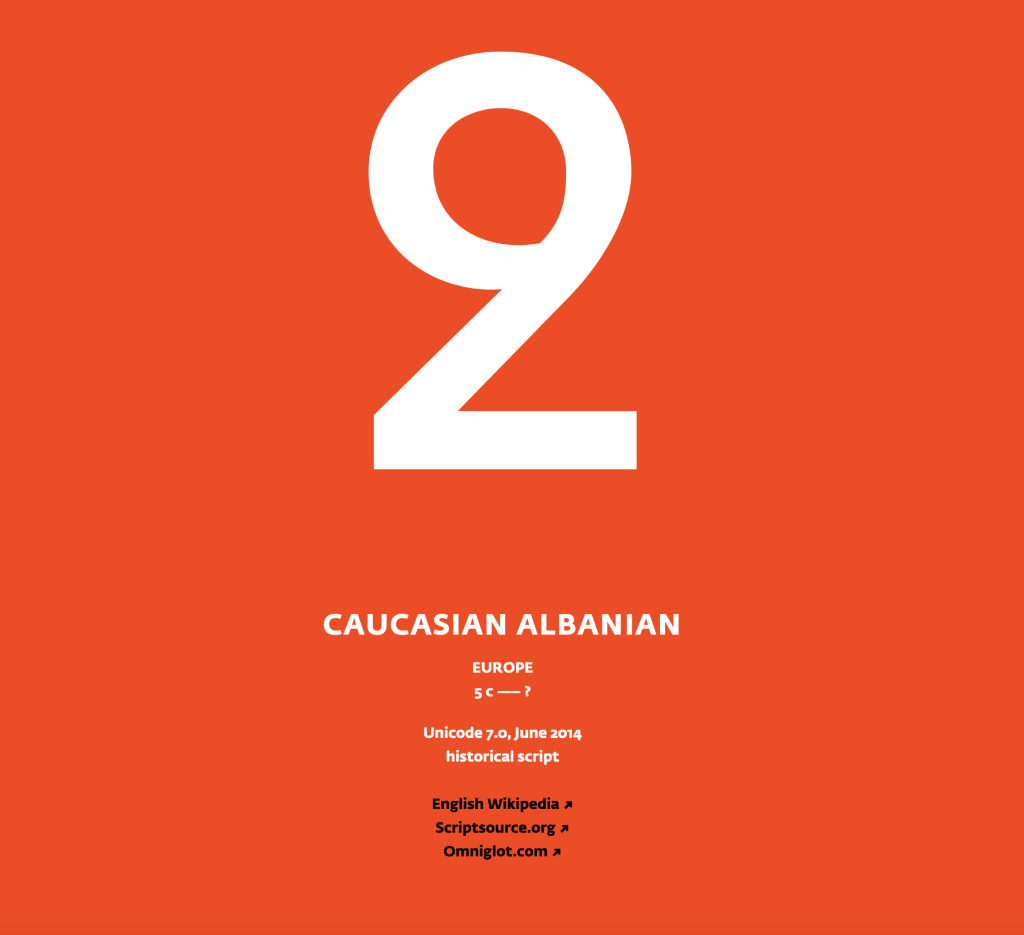Have you ever paused when looking at an old manuscript, a Slavic subway sign, or runic inscriptions carved into stone, wondering: How did writing become so diverse, so full of form and meaning? If you’re seeking answers, few resources are as comprehensive and elegant as The World’s Writing Systems.
Accessible at worldswritingsystems.org, this online archive gathers alphabets, scripts, and glyphs from across the globe. But it’s not merely about languages—it’s about design, heritage, and the crystallized intelligence of civilizations. The World’s Writing Systems is one of those rare digital platforms that reminds us writing is not only a tool of communication but a symbol of identity and history.
More Than Just Letters: Why This Site Matters?
We tend to view writing as a mere utility. But in truth, writing is like cultural architecture—carefully designed over centuries. Some writing systems move horizontally, some vertically. Some go left to right, others right to left. Each represents a distinct worldview, a spatial philosophy shaped by culture.
What makes The World’s Writing Systems so valuable is that it doesn’t flatten this diversity—it showcases it. Each writing system has its own dedicated page, containing:
- The region where it was or is used
- The languages it has served
- Its typological classification (alphabet, abjad, syllabary, logogram, etc.)
- Unicode reference links
- An authentic visual sample of the script
All this information is presented with a minimalist, modern aesthetic. No ads, no clutter—just the raw elegance of written forms given the space to shine.
The Language of Design: Visual Excellence
One of the site’s greatest strengths is its visual and user-centered design. On the homepage, writing systems are presented as uniform thumbnails, almost like a typographic gallery wall. Clicking one leads you to a focused page with crisp visuals, brief information, and beautiful script examples.
Every corner of the site serves a purpose. It’s quiet, clean, and thoughtful. In an internet dominated by distractions, The World’s Writing Systems feels like walking into a digital museum.
An Exhibit Without Borders: Equal Footing for All Alphabets
The site doesn’t elevate one writing system above another. Latin, Cyrillic, Japanese Katakana, and Korean Hangul are all treated with equal dignity. Ancient scripts sit beside modern ones. You might find Old Norse runes right next to modern Georgian.
This egalitarian display highlights the shared beauty of human expression. For historians, designers, graphic artists, and language enthusiasts, this site isn’t just educational—it’s deeply inspiring.

Balance of Technical Detail and Aesthetic Simplicity
The inclusion of Unicode links on each script’s page makes the site particularly useful for those working in digital typography or linguistics. For anyone designing typefaces or coding language support, it’s an excellent reference.
Yet, the site’s brilliance lies not just in technical depth—but in how easily that information is made accessible. Whether you’re an expert or just curious, it feels welcoming and unintimidating.
Who’s It For? Literally Everyone.
The World’s Writing Systems isn’t aimed solely at scholars or designers. It’s for anyone who’s ever looked at a foreign script and felt a flicker of curiosity. It’s for people who enjoy the form of writing, not just its function. For educators, curators, cultural workers, and typographic designers—it’s a goldmine.
And if you’re someone who simply believes that cultural identity is not just spoken but drawn—this site will feel like home.
Room for More? Yes, But That’s Okay
Even such a refined platform leaves you wishing for a little more. Some scripts have very brief historical context. A timeline showing how certain alphabets evolved would be a valuable addition. Likewise, audio examples or pronunciation guides could enhance understanding.
But perhaps simplicity is intentional. The World’s Writing Systems doesn’t try to be Wikipedia—it chooses to be a visual gallery. And in that, it succeeds gracefully.
Letters Are the Memory of Civilization
In a digital world obsessed with speed, interaction, and consumption, The World’s Writing Systems reminds us that slowing down to look is also valuable. Studying the shapes of letters, learning their origins, seeing how people encoded meaning into form—this is more than information; it’s an aesthetic experience.
This isn’t a commercial platform. It isn’t trying to sell anything. It’s a quiet digital window into how humans across time and geography have chosen to write themselves into the world.
The World’s Writing Systems shows us that the alphabet we use every day is just one tile in a far bigger mosaic. And that mosaic is far more elegant, diverse, and moving than we ever imagined.






